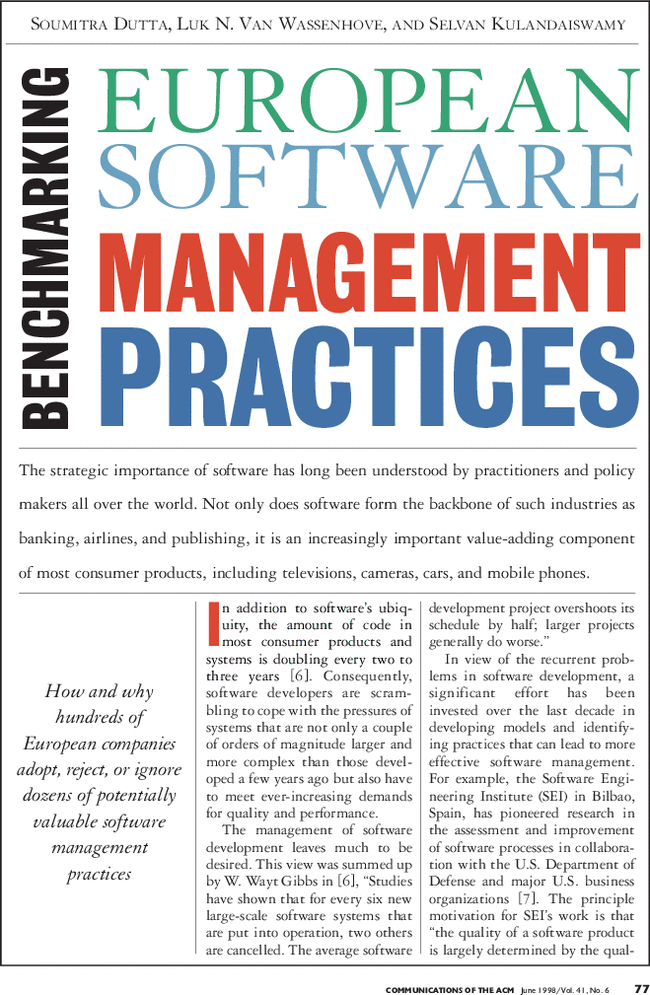Cited By
View all- Pal K(2022)Framework for Reusable Test Case Generation in Software Systems TestingResearch Anthology on Agile Software, Software Development, and Testing10.4018/978-1-6684-3702-5.ch055(1090-1108)Online publication date: 2022
- Pal K(2020)Framework for Reusable Test Case Generation in Software Systems TestingSoftware Engineering for Agile Application Development10.4018/978-1-7998-2531-9.ch009(212-229)Online publication date: 2020
- Dutta SLee MVan Wassenhove L(2018)Software Engineering in EuropeIEEE Software10.1109/52.76579216:3(82-90)Online publication date: 29-Dec-2018
- Show More Cited By




